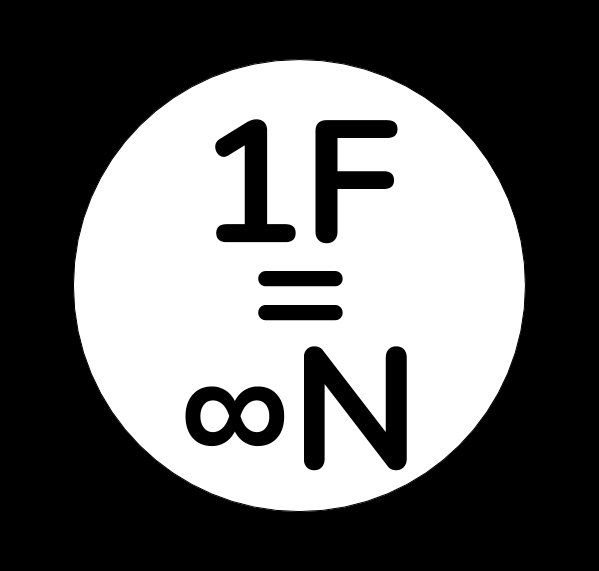 Doutorando: João Paulo Ascari. Data: 14/05/2019, às 16:00 horas no Anfiteatro do ESB. Orientador: Emerson M. Del Ponte.
Doutorando: João Paulo Ascari. Data: 14/05/2019, às 16:00 horas no Anfiteatro do ESB. Orientador: Emerson M. Del Ponte.
Wheat blast, firstly found in southern Brazil during 1985, spread into other countries in South America and reached South Asia 30 years later. It was in the Brazilian Cerrado that its status of major cereal killer, similar to its relative, rice blast, was noticed by the international community. Morphological, biological, molecular and genomic data have helped to position and name several blast (Magnaporthe) fungi in the taxonomic tree, including the wheat blast pathogen. Firstly reported as Pyricularia sp., several different names followed: P. oryzae, P. grisea, P. oryzae Triticum pathotype (PoT, more commonly Magnaporthe – MoT), Pyricularia graminis-tritici (Pgt). Updates to established names of fungal pathogen are not uncommon eventually controversial in the scientific community, which delays adoption. The motivations for renaming a well known fungus are multifold but must be well supported by accepted criteria and further by the scientific community. When the Pgt name was anticipated, even before the paper was published, via personal communications and scientific meetings, contrarians raised concerns and claimed scientific pitfalls, supported by their own analysis. Science is debate and new results make incremental progress. Errors, however, are inevitable and science self-corrects down the road, including the current case study which had different names. It is important that potential flaws are informed in a constructive way, so the critics also succeed by enabling the community to move forward with a new way of looking at things. In this seminar, the historical changes on wheat blast pathogen name and the ongoing debate between proposers and deniers of Pgt will be presented and discussed.
